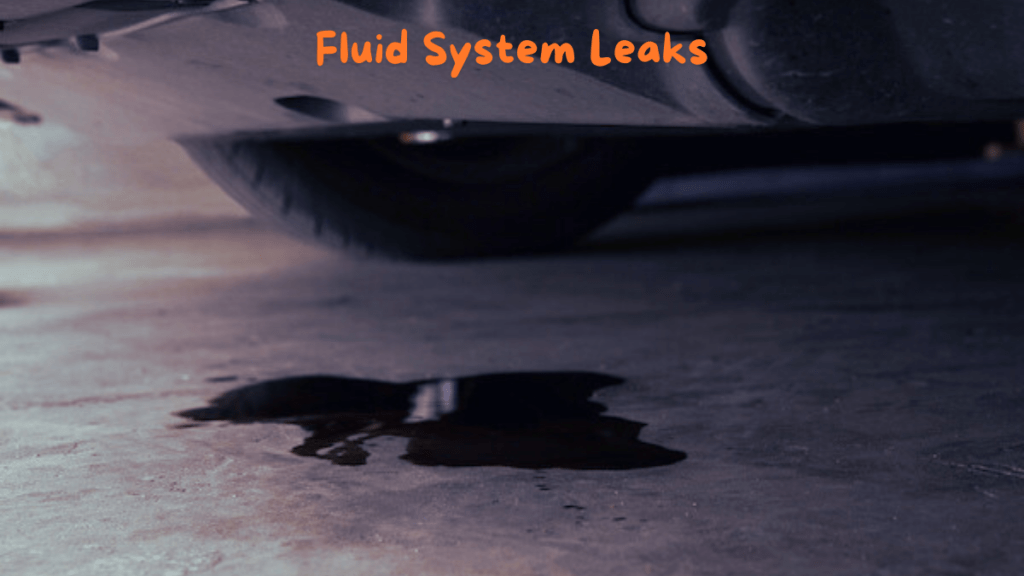Introduction
Fluid systems play a vital role in various industries, including manufacturing, construction, and transportation. These systems rely on the smooth flow of liquids or gases to function correctly. However, leaks can occur due to various reasons, leading to significant safety hazards, environmental concerns, and costly repairs. In this article, we will explore effective methods to detect and prevent fluid system leaks.
Detecting Fluid System Leaks
Early detection of leaks is crucial to minimize damage and prevent further complications. Here are some common methods to identify fluid system leaks:
Visual Inspection
One of the easiest ways to detect leaks is through regular visual inspections. Look for signs of dampness, stains, or drips around pipes, fittings, and equipment. Additionally, check for any unusual odors that may indicate a leak.
Acoustic Monitoring
Leaks often produce distinctive sounds, such as hissing or whistling noises. Acoustic monitoring devices can detect these sounds and alert you to potential leaks, even in hard-to-reach areas.
Pressure Drop Monitoring
Fluid systems operate within specific pressure ranges. A sudden or gradual drop in pressure can indicate a leak. Install pressure gauges or monitoring systems to track pressure fluctuations and identify potential leaks promptly.
Dye Testing
Dye testing involves introducing a fluorescent dye into the fluid system. If a leak is present, the dye will become visible under ultraviolet light, making it easier to locate the source of the leak.
Preventing Fluid System Leaks
While detecting leaks is essential, preventing them from occurring in the first place is even better. Here are some effective strategies to prevent fluid system leaks:
Regular Maintenance
Proper maintenance is key to preventing leaks. Regularly inspect and replace worn-out components, such as gaskets, seals, and hoses. Follow manufacturer guidelines for maintenance schedules and procedures.
Proper Installation
Ensure that fluid systems are installed correctly by trained professionals. Improper installation can lead to leaks due to misaligned connections, incorrect fittings, or inadequate support for pipes and equipment.
Material Selection
Choose appropriate materials for your fluid system based on the operating conditions, such as temperature, pressure, and chemical compatibility. Using the wrong materials can lead to corrosion, degradation, and eventual leaks.
Pressure Management
Operate fluid systems within recommended pressure limits. Excessive pressure can cause stress on components, leading to failures and leaks. Install pressure relief valves to prevent over-pressurization.
Environmental Considerations
Account for environmental factors that can impact fluid systems. For example, exposure to extreme temperatures, vibrations, or corrosive environments can increase the risk of leaks. Take appropriate measures to protect your system.
Training and Awareness
Educate and train personnel on the proper operation and maintenance of fluid systems. Awareness of potential leak sources and appropriate response procedures can help mitigate the impact of leaks and prevent future occurrences.
Leak Detection and Prevention Strategies
Implementing a comprehensive leak detection and prevention strategy is crucial for maintaining the integrity of fluid systems. Here are some strategies to consider:
Periodic Inspections
Establish a regular inspection schedule to identify and address potential leak sources proactively. Use a combination of visual, acoustic, and pressure monitoring techniques for a thorough evaluation.
Leak Detection Systems
Install advanced leak detection systems that can continuously monitor fluid systems for leaks. These systems often combine multiple detection methods, such as acoustic sensors, fiber optic cables, and vapor detectors, to provide comprehensive coverage.
Predictive Maintenance
Leverage predictive maintenance techniques, such as condition monitoring and data analysis, to identify potential component failures before they occur. This approach can help prevent leaks by identifying and replacing components before they fail.
Containment and Mitigation Measures
Implement secondary containment measures, such as drip pans, catch basins, or double-walled pipes, to contain any leaks that may occur. This can minimize the impact of leaks and facilitate easier cleanup.
Emergency Response Plan
Develop and implement an emergency response plan that outlines procedures for responding to leaks, including shut-off procedures, spill containment, and reporting protocols. Regular training and drills can help ensure preparedness.
Discover: What To Check Before Buying A Used Car
Conclusion
Detecting and preventing fluid system leaks is crucial for ensuring the safe and efficient operation of various industries. By implementing regular inspections, proper maintenance, and advanced leak detection systems, you can minimize the risks associated with leaks. Additionally, fostering a culture of awareness and training personnel on leak prevention strategies can further enhance the integrity of your fluid systems. Remember, proactive measures are always better than reactive ones when it comes to preventing fluid system leaks.


